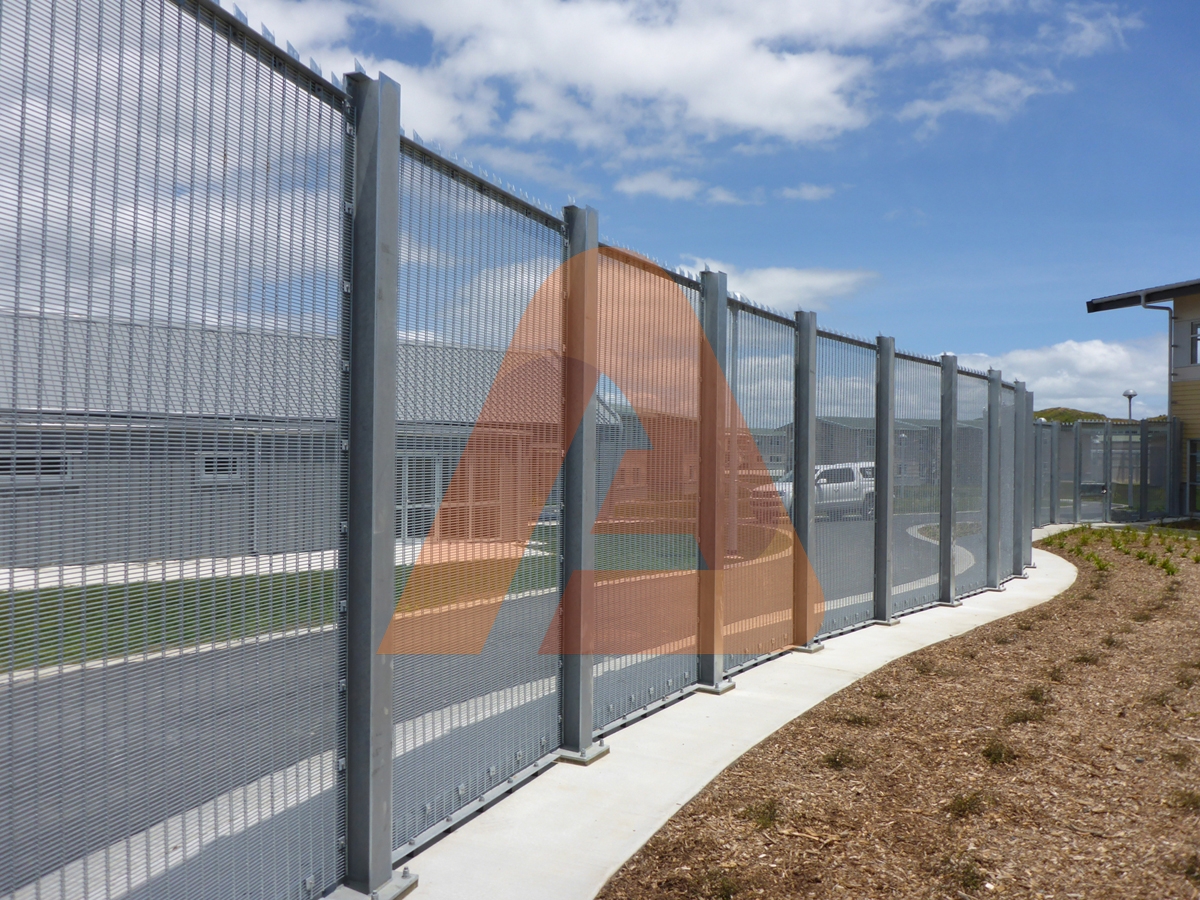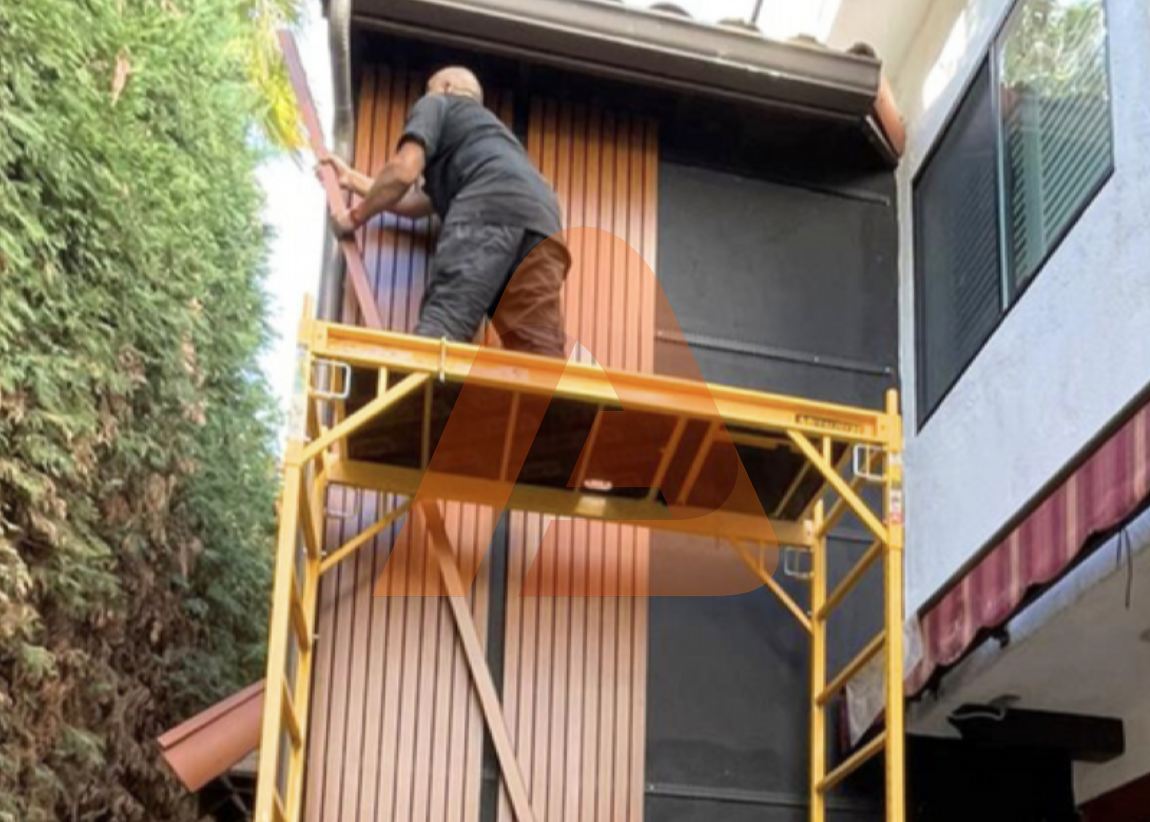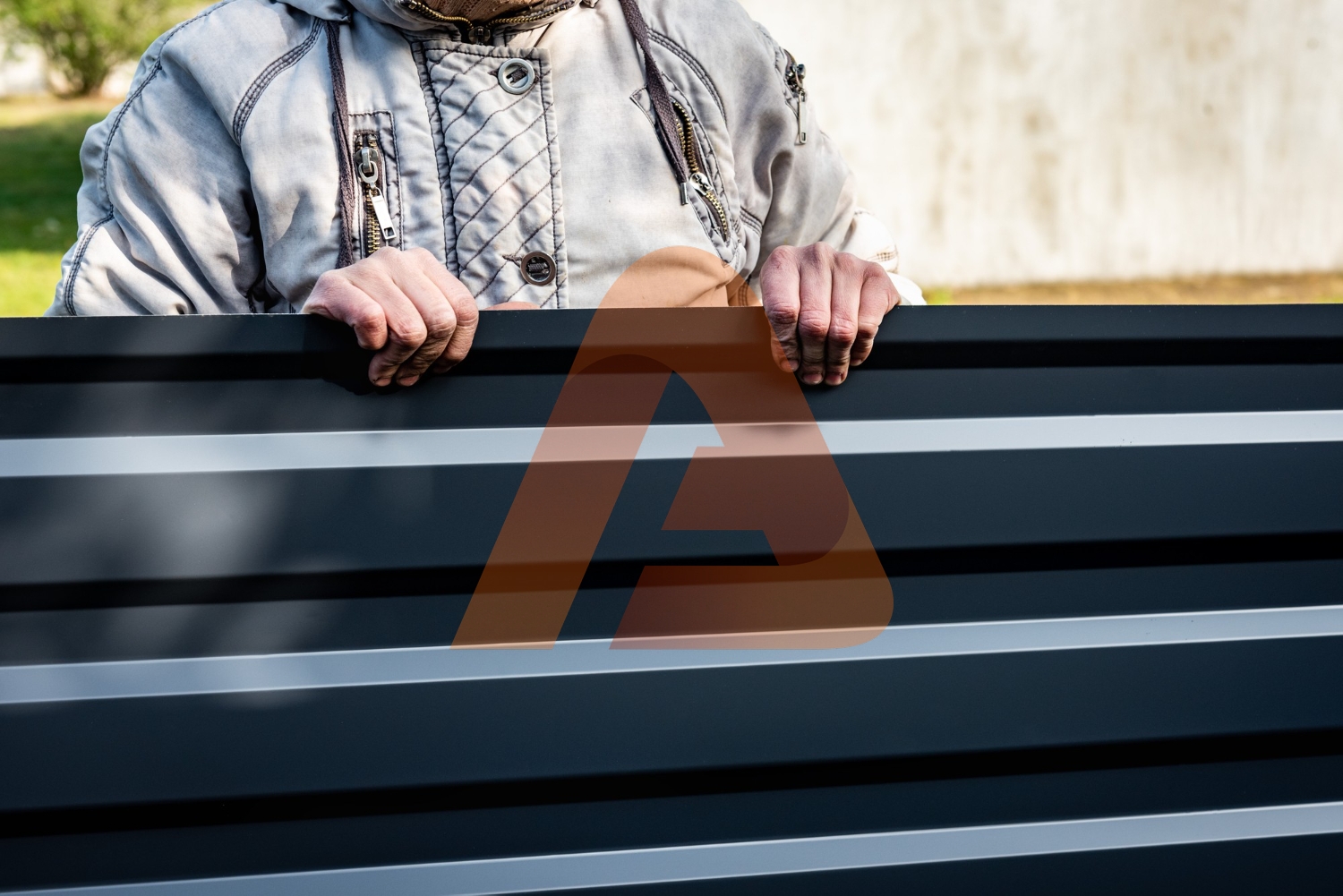
Best Wall Cladding Materials for Homes in Los Angeles
- By alupost
- Posted on
When it comes to wall cladding in Los Angeles, homeowners are met with a wide array of options that not only protect their homes but also enhance architectural beauty. From modern aesthetics to eco-conscious solutions, the right cladding material can completely transform your home’s exterior. In this guide, we explore the best cladding options for Los Angeles architecture, helping you choose the ideal solution for durability, style, and sustainability.
Why Wall Cladding Is Important in Los Angeles
Wall cladding is more than just a decorative element—it’s a critical layer of protection against California’s sun, wind, and seismic shifts. In Los Angeles, homes need materials that are not only beautiful but also strong enough to withstand unique environmental conditions. Durable stylish wall cladding in California homes offer weather resistance, insulation, and minimal maintenance, making them a smart long-term investment.
Moreover, the architecture in L.A. is incredibly diverse. From sleek modern homes to Spanish Colonial mansions, best cladding options for Los Angeles architecture must reflect this variety while enhancing curb appeal and property value.
Top Wall Cladding Materials for L.A. Homes
Let’s take a closer look at some of the most popular wall cladding materials in Los Angeles and why they continue to dominate the market.
These materials are chosen not only for their aesthetic value but also for their ability to withstand California’s unique climate conditions. From coastal humidity to intense sun exposure, L.A. homes require cladding solutions that blend style with performance.
Wood Cladding
Wood is timeless and beloved for its warmth and organic appeal. It’s commonly used in modern wall cladding designs for Los Angeles homes, especially in neighborhoods embracing natural aesthetics.
While wood provides excellent insulation and looks beautiful, it does require consistent maintenance to protect it from moisture, UV rays, and pests. That said, many homeowners still prefer wood for its charm and sustainability, especially when sourced responsibly.
In addition, wood cladding can be stained or painted to match any color palette, offering great design flexibility. It also pairs beautifully with glass and stone to create balanced, elegant exteriors.
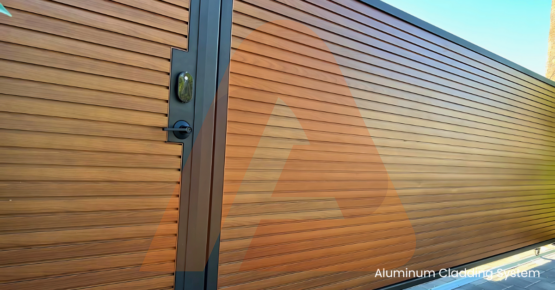
Metal Cladding
Metal panels—particularly aluminum, steel, and zinc—are a go-to choice for modern homes. They deliver a clean, industrial look while offering excellent longevity and resistance to fire and pests.
Metal cladding is ideal for low-maintenance living and is often used in luxury wall cladding designs in Los Angeles due to its bold aesthetic.
These panels are often treated with protective coatings to further enhance their resistance to corrosion and fading. They’re also an excellent option for homes looking to achieve sharp, minimalist curb appeal.
Fiber Cement
This composite material blends cement with cellulose fibers to mimic wood, stone, or concrete textures. It’s fire-resistant, insect-proof, and weather-tough—making it one of the most durable wall cladding materials for California homes.
Homeowners love fiber cement for its design versatility and reasonable price point.
It can easily withstand harsh sun exposure, making it particularly suitable for Southern California’s climate. Plus, it comes in a variety of pre-finished colors that reduce the need for regular painting.
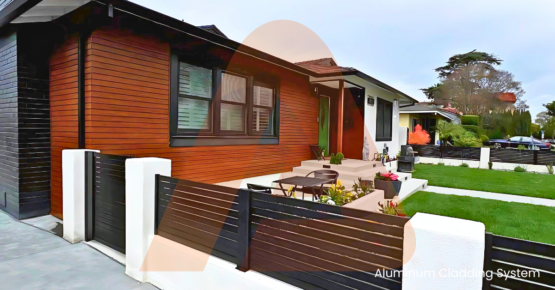
Natural Stone
Natural stone like slate, limestone, or quartzite brings a luxurious and earthy character to home exteriors. It’s highly durable and resistant to wear, though it can be expensive and labor-intensive to install.
Still, for high-end homes seeking a timeless finish, it remains one of the best cladding options for Los Angeles architecture.
Stone also improves thermal insulation, helping to regulate interior temperatures year-round. Its rugged texture adds dimension and visual weight, enhancing both traditional and contemporary facades.
Composite & Eco-Friendly Panels
Many homeowners in Los Angeles are turning to eco-friendly wall cladding options such as recycled composites or sustainably sourced bamboo. These materials are ideal for reducing your carbon footprint while still achieving a high-end aesthetic.
Not only are they lightweight and easy to install, but they also work well with modern and transitional home designs.
These panels often incorporate UV-resistant coatings, making them suitable for sun-drenched California locations. In addition, they’re a favorite for green building projects aiming for LEED certification.
Factors to Consider Before Choosing Cladding
With so many materials available, selecting the right cladding involves a bit of planning. Here are some things to keep in mind before making your decision:
- Climate compatibility: How well does the material hold up under L.A.’s sun, occasional rain, and mild seismic activity?
- Architectural style: Does it complement your home’s overall design?
- Maintenance requirements: Are you willing to repaint or refinish regularly, or do you prefer a low-maintenance solution?
- Sustainability: Is the material responsibly sourced or recyclable?
- Cost: Does it align with your budget not just for purchase but also for long-term upkeep?
By evaluating each of these factors, you’ll be more confident in selecting the most suitable material for your home.
Modern Wall Cladding Designs Taking Over Los Angeles
Modern wall cladding designs for Los Angeles homes often embrace minimalism, clean lines, and mixed materials. Architects love combining textures like wood and metal or concrete and stone to create a dynamic and visually engaging exterior.
Vertical wood slats paired with matte-black aluminum, for instance, are now a hallmark in upscale neighborhoods. This trend aligns with the broader movement toward blending functionality with form—a principle that dominates L.A. design thinking today.

Eco-Friendly Wall Cladding Solutions
As sustainability becomes a priority for many California homeowners, eco-friendly wall cladding in Los Angeles is more in demand than ever. These materials don’t just reduce environmental impact—they also enhance your home’s energy efficiency. Popular options include reclaimed wood, bamboo panels, cork wall coverings, recycled metal sheets, and thermally treated wood that doesn’t require chemical preservatives. Using sustainable materials also helps qualify your project for green building certifications like LEED, adding value and recognition to your property.
Wood vs. Metal Wall Cladding for Los Angeles Homes
When deciding between wood vs. metal wall cladding for Los Angeles homes, consider both the aesthetic and practical factors:
Wood is perfect if you love natural tones and textures, and are willing to maintain it regularly. It works great for cozy, traditional, or rustic-inspired homes.
Metal is ideal if you prefer a modern, edgy design with minimal upkeep. It also pairs well with other contemporary materials like glass and concrete.
Both materials can be used together to create custom exteriors that balance warmth and strength—an approach many L.A. architects love to experiment with.

Conclusion: Making the Right Choice for Your Home
Selecting the perfect wall cladding in Los Angeles involves balancing durability, design, and environmental responsibility. With so many high-quality and visually stunning materials on the market, homeowners have no shortage of exceptional choices. Whether you’re drawn to the warmth of wood, the sleekness of metal, the endurance of fiber cement, or the charm of eco-friendly composites, there’s a material that matches your lifestyle and home aesthetic.
Keep in mind that your wall cladding is a long-term investment. It protects your home, elevates its appearance, and reflects your values—whether that’s sustainability, luxury, or cutting-edge design.
If you’re renovating or building in L.A., don’t hesitate to consult with professionals who understand the unique architectural demands of the region. From modern wall cladding designs to custom eco-solutions, you’ll find everything you need to create a standout façade that’s built to last.


